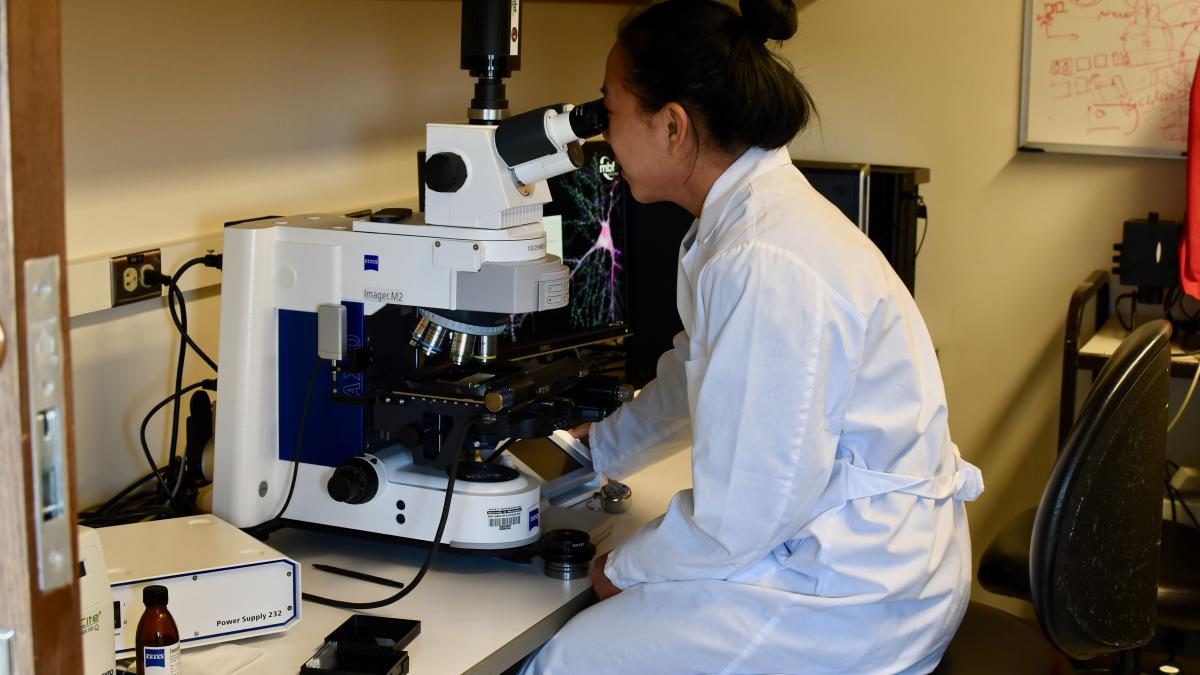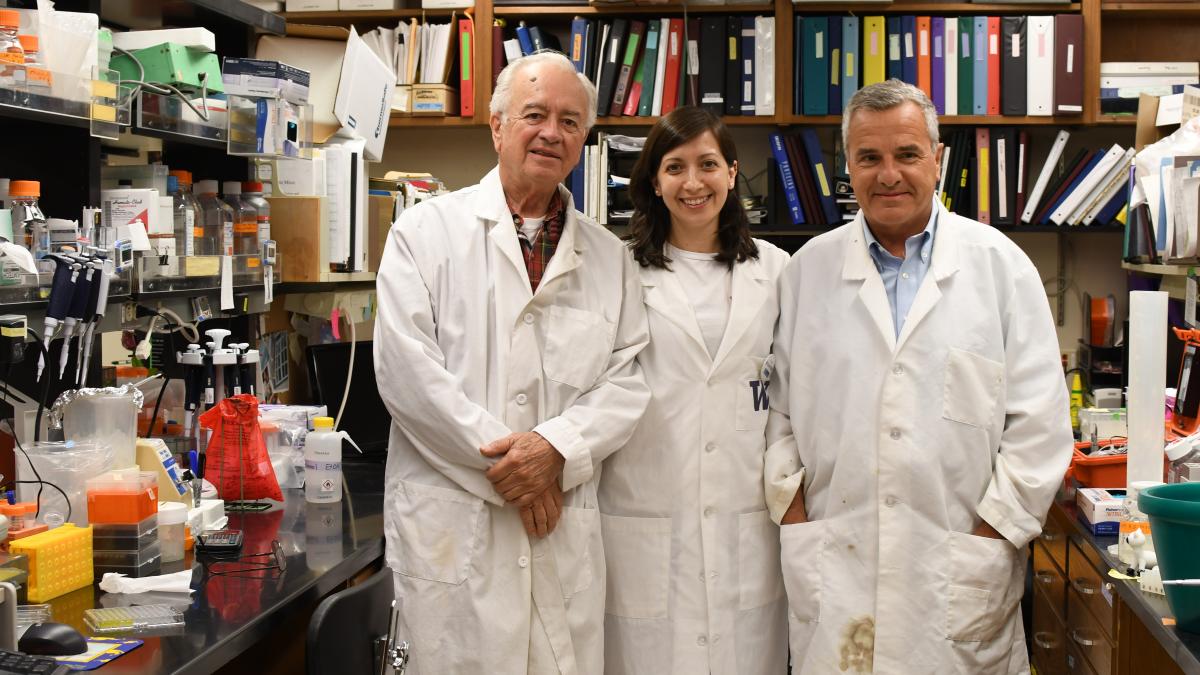Two-page summaries provide brief overviews of each UW SRP research project
The UW SRP supports four studies into the impacts of metal neurotoxicity on human and ecological health. Our research focuses on metals such as cadmium and arsenic that commonly occur at Superfund hazardous waste sites, but are not well understood in terms of their bioavailability in the environment and/or neurotoxic effects. The physiological processes we study include cognition, olfaction, and behaviors associated with the risk of developing Alzheimer’s and dementia, Parkinson’s disease, and other neurodegenerative diseases.

Project 1 investigators are exploring the mechanisms of chemical-mediated neurobehavioral injury to salmon. These physiological impacts can occur at low chemical concentrations, and can disrupt behaviors that are critical to survival, including homing, feeding, and predator-prey avoidance. We use zebrafish to address the mechanisms of olfactory injury that are relevant to wild salmon. Ultimately, our project aims to develop mechanism-based biomarkers of neuropathic injury that can be used to monitor the health of salmon and other fish species at Superfund sites, and to effectively evaluate site remediation outcomes.

Cadmium (Cd) is a heavy metal of high interest to the Superfund Initiative. Cd exposure is associated with cognitive and olfactory impairment. However, little is known about the mechanisms of its neurotoxicity. This project explores the molecular and cellular basis for the negative effects of Cd on cognition in mouse models. Researchers are determining if Cd inhibits hippocampal adult neurogenesis and hippocampus-dependent memory formation. They are also investigating the effect of Cd on calcium signaling in hippocampal neurons in vivo. Researchers are utilizing both primary cultured neural stem cells and in vivo mouse models. Results may establish new mouse models to investigate Cd neurotoxicity and may shed light on the neurotoxicity of other heavy metals.

Project 3 advances our understanding of the roles of paraoxonases 1 and 2 (PON1 and PON2) in modulating oxidative stress-induced neurotoxicity. Both PONs exert antioxidant effects, but are found in different tissues, with PON1 situated in liver and blood, and PON2 intercellularly in all tissues including the brain. We are examining the modifications of mouse paraoxonase 1 resulting from exposures to manganese and cadmium, and will test the hypothesis that PON2 may protect PON1 from the effects of oxidative stress. Altogether, our experiments provide novel information on the role of PON1 and PON2 in modulating oxidative stress and protecting individuals from cardiovascular and neurological diseases. This research is furthering our understanding of how these differences may relate to differences in rates of Parkinson’s and vascular disease between the sexes.

Arsenic is a priority Superfund contaminant, know to be a neurotoxin and carcinogen. It pollutes many urban water bodies. However, the ecological implications of this contamination are unclear due to an incomplete understanding of arsenic bioavailability in water. The objective of our project is to quantify patterns of arsenic bioavailability over space and time and identify the primary drivers of arsenic mobility, bioavailability and ecological toxicity in lakes throughout the South-Central Puget Sound Lowland region. Our study has found differences in the amount of arsenic entering the food chain in deep lakes vs shallow lakes. Results could have implications for the ecological health of lakes across the world as well as for people harvesting food from those lakes.

